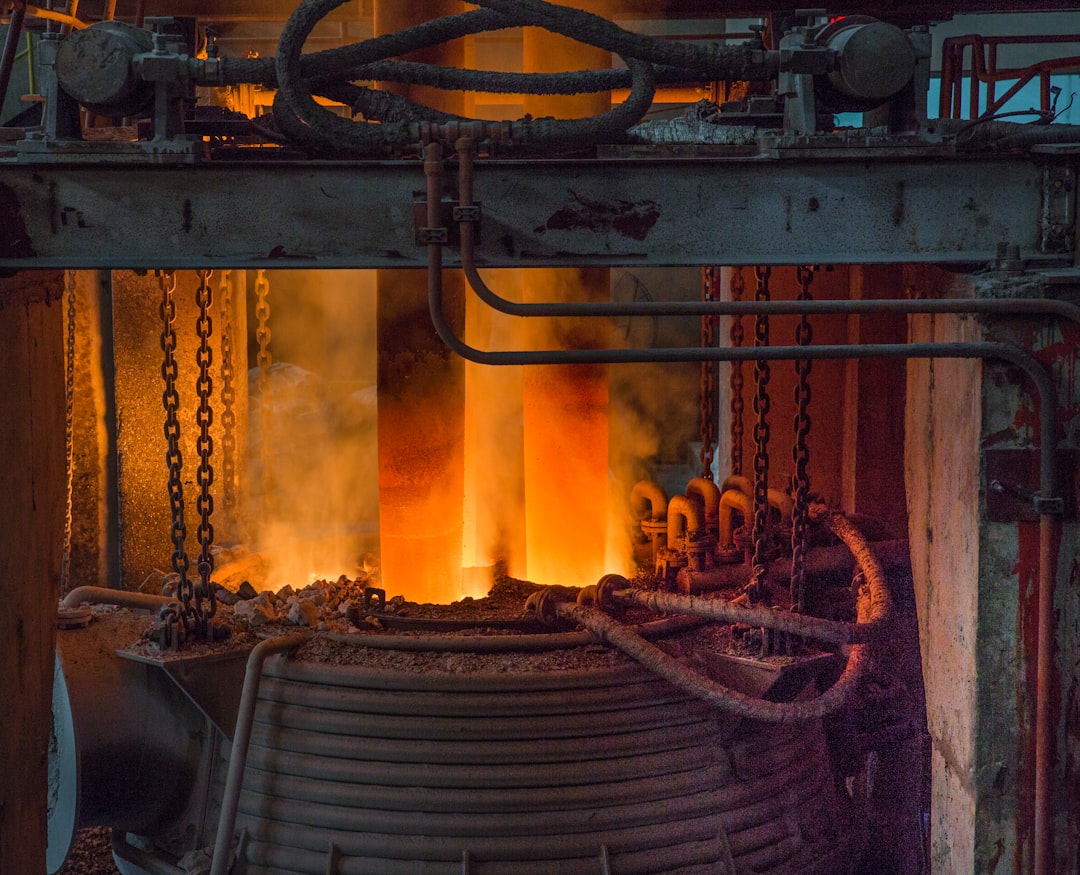The production of high-quality steel is a complex process requiring meticulous attention to detail at every stage. From the initial raw materials to the final product, rigorous quality control methods are essential to ensure the steel meets the required specifications and performs reliably in its intended application. This comprehensive guide explores the key techniques used to maintain consistent and exceptional steel quality.
1. Chemical Composition Analysis: The Foundation of Steel Quality
The chemical composition of steel is the cornerstone of its properties. Variations in the proportions of elements like carbon, manganese, silicon, phosphorus, sulfur, and alloying elements (chromium, nickel, molybdenum, etc.) significantly impact the steel’s strength, hardness, ductility, weldability, and corrosion resistance. Chemical analysis is performed at various stages of the steelmaking process, from raw materials inspection to finished product verification. Techniques employed include:
- Spectroscopy (Optical Emission Spectrometry – OES): A rapid and precise method that analyzes the light emitted by a sample when energized. OES provides accurate elemental composition data within seconds.
- Wet Chemical Analysis: Traditional methods involving titrations and gravimetric techniques. While slower than spectroscopy, they offer high accuracy for specific elements.
- Inductively Coupled Plasma Mass Spectrometry (ICP-MS): A highly sensitive technique capable of detecting trace elements with exceptional precision. It’s particularly useful for identifying impurities.
Maintaining strict control over the chemical composition ensures that the steel consistently meets the required specifications and avoids potential defects.
2. Mechanical Testing: Evaluating Steel’s Strength and Performance
Mechanical testing assesses the steel’s physical properties, such as tensile strength, yield strength, elongation, hardness, and impact resistance. These tests are crucial for determining the steel’s suitability for its intended application. Common mechanical tests include:
- Tensile Testing: A fundamental test that measures the steel’s strength and ductility by applying a controlled tensile force until fracture.
- Hardness Testing: Various methods, including Rockwell, Brinell, and Vickers, are used to measure the steel’s resistance to indentation. Hardness correlates well with strength.
- Impact Testing (Charpy or Izod): Evaluates the steel’s resistance to fracture under impact loading, crucial for applications in cold climates or those subjected to shock loads.
- Bend Testing: Assesses the steel’s ductility and ability to deform without fracturing.
The results of these tests provide valuable insights into the steel’s overall performance characteristics and help ensure it meets the required standards.
3. Non-Destructive Testing (NDT): Detecting Internal Flaws
Non-destructive testing methods allow for the inspection of steel components without causing damage. These techniques are essential for detecting internal flaws, such as cracks, porosity, and inclusions, that may compromise the steel’s integrity. Common NDT methods used in steel quality control include:
- Ultrasonic Testing (UT): Uses high-frequency sound waves to detect internal defects. The reflected waves reveal the presence and size of flaws.
- Radiographic Testing (RT): Employs X-rays or gamma rays to penetrate the steel and reveal internal defects based on differences in density.
- Magnetic Particle Testing (MT): Used to detect surface and near-surface cracks in ferromagnetic materials. Magnetic particles are attracted to discontinuities in the magnetic field.
- Liquid Penetrant Testing (PT): A method for detecting surface-breaking flaws. A penetrant is applied, followed by a developer that draws the penetrant out of the crack, making it visible.
NDT plays a critical role in ensuring the structural integrity and safety of steel components.
4. Metallurgical Examination: Unveiling the Microstructure
Metallurgical examination involves analyzing the steel’s microstructure using microscopy techniques. This provides insights into the grain size, phase distribution, and presence of inclusions or precipitates. The microstructure directly influences the steel’s mechanical properties and performance. Techniques include:
- Optical Microscopy: Provides visual examination of the microstructure after polishing and etching the sample.
- Scanning Electron Microscopy (SEM): Offers higher magnification and resolution than optical microscopy, enabling detailed analysis of the microstructure.
- Transmission Electron Microscopy (TEM): Provides the highest resolution and allows for analysis of the crystal structure at the atomic level.
Metallurgical examination helps identify potential causes of defects and optimize the steelmaking process to improve quality.
5. Statistical Process Control (SPC): Maintaining Consistency
Statistical Process Control (SPC) is a crucial tool for monitoring and controlling the steelmaking process. SPC uses statistical methods to analyze data collected throughout the production process, identifying trends and variations that could lead to defects. Control charts are used to track key process parameters, such as temperature, chemical composition, and mechanical properties. By identifying and addressing deviations from the target values, SPC helps maintain consistent steel quality and reduce variability.
Implementing robust SPC systems ensures that the steel production process operates within defined limits, minimizing the risk of producing substandard material.
In conclusion, maintaining high-quality steel requires a multi-faceted approach involving chemical analysis, mechanical testing, non-destructive testing, metallurgical examination, and statistical process control. By employing these methods effectively, steel manufacturers can ensure the production of consistent, reliable, and high-performance steel for a wide range of applications.
SEO-Friendly Tags:
- Steel Quality Control
- Steel Testing Methods
- Metallurgical Testing
- Non-Destructive Testing Steel
- Steel Quality Assurance




